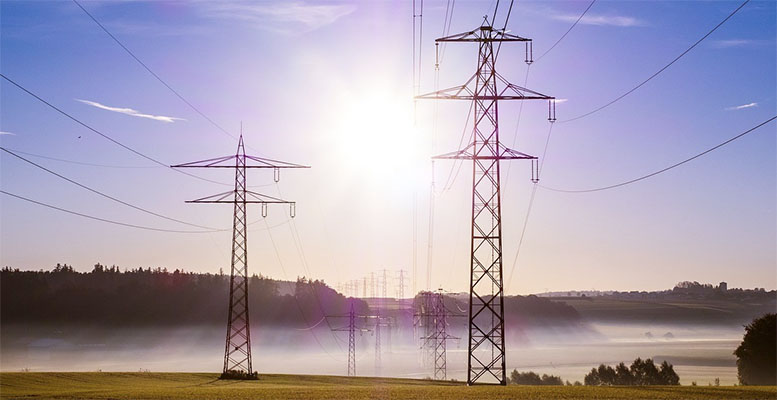Fernando González Urbaneja | The Sánchez government hopes to have avoided the electoral cost of the electricity price hike, as it is confident it has conveyed to public opinion that the final bill to the citizen has not increased. The daily bombardment over several months with the spectacular rise in wholesale prices (which the vast majority do not understand how it affects them) was countered with the commitment from the Prime Minister that the final cost of electricity bills in 2021 would not be higher than in 2018.
The commitment is strange, almost cabalistic; using the year 2018 is arbitrary, just as the average annual cost is the reference magnitude. The relevant Ministry has presented a conclusive statistical report with the title. “Commitment of the Government of Spain: electricity bill 2021” which states that the average Spanish household (2,500 kws/year of consumption and 4.1 KW of power) paid €608 to its electricity supply company in 2018 and that the bill for 2021 was €635. The substantial difference between the two years is that, since the end of the summer, coinciding with the rise in the cost of the wholesale market, the government has reduced the taxes and charges that form part of the bill by a quarter.
The report has the solvency of such commissioned reports; it uses the official Eurostat statistical base and ignores the CPI data measured by the INE which considers that household electricity has risen by 33% (November 2021 over November 2020) and is responsible for 40% of the rise in the CPI. In favour of Eurostat’s statistical base, it should be noted that it takes price samples from both the free market and the regulated market, while the INE only reflects the latter, which 40% of households use.
The official (alternative) reality is that the price of electricity has not risen. That is the average reality. The individual experience of many households is more complicated. All of them have had the tax rebate that affects up to a third of the total bill; and while for regulated households the rise in the price per kilowatt consumed has been high, for those in the free market the effect has been lower as they start from agreed forward prices that are updated on expiry of the contract.
The bills of each household have different compositions, in some cases with the market, in others subject to the offers of their company and with ease to move from one to another. The government’s commitment is political, electioneering and as legitimate as it is sterile. Those who have done their own calculations may find that the government’s conclusion is correct, but there are also those who may say that the cost has been lower in 2021 than in previous years; and others will see that it has been higher, especially in the bills of the last four-month period. There are several alternative realities.
The fact is that both gas and emission allowances are much more expensive today than they were a year ago (two to three times more expensive). And both costs are part of the overall cost of electricity, which is now a serious problem for recovery, to which the government’s commitment is not an effective response.





